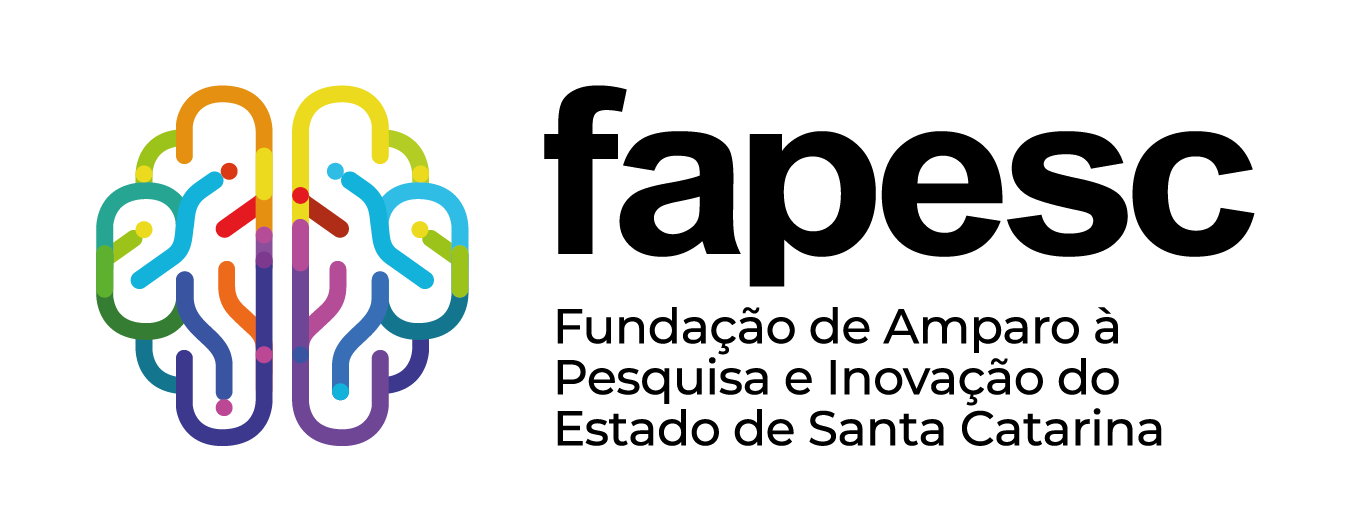Technical viability of alternative fertilization sources for vernalized garlic (Allium sativum L.) on Santa Catarina’s plateau
DOI:
https://doi.org/10.5965/223811711632017239Keywords:
organic fertilization, productivity, ash from boiler and poultry litter.Abstract
The garlic demand in soil fertility terms and is considered responsive to nutrients application. Thus, the objective was to evaluate the alternative source effects of fertilizers on the technical and economic viability of vernalized garlic, Roxo Caxiense cultivar, in the Santa Catarina plateau region. The experiment was conducted in randomized blocks experimental design using four treatments (control treatment, mineral fertilizer, poultry litter, and vegetable ash from boiler) and four replications. The used doses were 0, 1250, 10000 and 15000 kg ha-1 for the control treatment, mineral fertilization, vegetable ash and poultry litter, respectively. The cultivar used was Roxo Caxiense, with nº 5 bulbs selected for planting. The diameter, mass and bulbs productivity were evaluated, as well as economic aspects related to the sources of fertilization. For the bulb diameter, the sources differed only from the control treatment. Thus, the garlic classification in treatments with fertilization was class 5, while in the control it was class 4. For bulb mass and productivity, the poultry litter demonstrated a superior average to the ash use and the control treatment, but did not differ from the mineral fertilization. However, productivity increase was observed when using poultry litter in relation to mineral fertilization, and consequently higher total profit per area. The ash resulted in low investment, but due to lower productivity, it obtained lower profit per area compared to mineral fertilization and poultry litter. In the soil and climate conditions of the present study, organic fertilization with poultry litter proved to be viable, generating an increase of 5.6 and 14.5% in bulb productivity in relation to the use of mineral fertilizer and vegetable ash, respectively. The use of poultry litter presented the profit per hectare of R$ 2,178.2 more than mineral fertilization.Downloads
Download data is not yet available.
Downloads
Published
25-09-2017
How to Cite
PIVA, Jonatas Thiago; BESEN, Marcos Renan; RIBEIRO, Ricardo Henrique; BASTOS, Alessandra Carvalho Maciel; RONSANI, Sabrina Carvalho; PIVA, Claudia Aparecida Guginski. Technical viability of alternative fertilization sources for vernalized garlic (Allium sativum L.) on Santa Catarina’s plateau. Revista de Ciências Agroveterinárias, Lages, v. 16, n. 3, p. 239–246, 2017. DOI: 10.5965/223811711632017239. Disponível em: https://revistas.udesc.br/index.php/agroveterinaria/article/view/223811711632017239. Acesso em: 19 dec. 2025.
Issue
Section
Research Article - Science of Plants and Derived Products
License
Authors publishing in this journal are in agreement with the following terms:
a) Authors maintain the copyrights and concede to the journal the copyright for the first publication, according to Creative Commons Attribution Licence.
b) Authors have the authority to assume additional contracts with the content of the manuscript.
c) Authors may supply and distribute the manuscript published by this journal.






